
The recent passing of Sara Jane Moore at the age of 95 marks the final chapter in a life that unexpectedly intersected with a pivotal moment in American political history. Moore, who died Wednesday at a nursing home in Franklin, Tennessee, achieved national notoriety not for any conventional accomplishment, but for an unsuccessful attempt to assassinate President Gerald Ford in 1975. Her death, confirmed by Demetria Kalodimos, a longtime acquaintance and executive producer at the Nashville Banner, rekindles scrutiny of a period characterized by profound social and political unrest.
Moore’s trajectory from a seemingly ordinary middle-aged woman to a figure synonymous with radical political violence baffled contemporaries and continues to intrigue historians. Her actions transpired amidst a tumultuous decade in California, an era marked by intense political ferment, the rise of various counterculture movements, and a discernible atmosphere of anxiety regarding government authority. This article seeks to provide an in-depth examination of Sara Jane Moore’s life, her motivations, and the indelible mark she left on the narrative of presidential security and the turbulent 1970s.
Her story is a complex tapestry woven with threads of personal instability, shifting ideological allegiances, and an enduring mystery surrounding the true depth of her convictions. From her involvement with leftist groups to her surprising role as an FBI informant, Moore’s background defied easy categorization, challenging conventional understandings of political extremism. This comprehensive overview will delve into the critical aspects of her journey, from the details of the assassination attempt itself to the broader societal currents that may have influenced her actions, providing a factual and authoritative account of a life lived on the fringes of public consciousness.
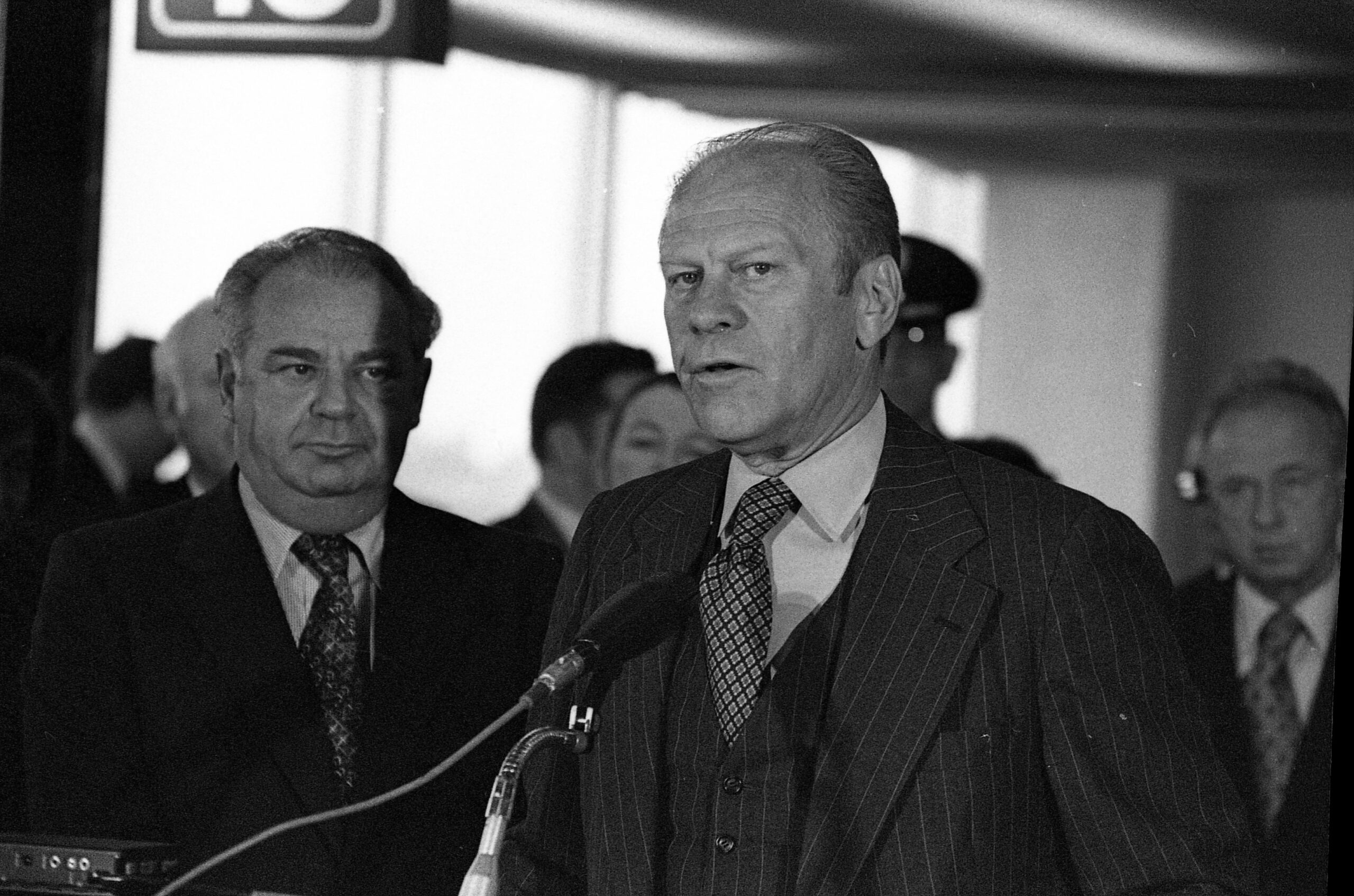
1. **Sara Jane Moore’s Passing and Legacy**Sara Jane Moore, whose name became inextricably linked with the attempted assassination of President Gerald Ford in 1975, died recently at the age of 95. Her passing on a Wednesday at a nursing home in Franklin, Tennessee, was confirmed by Demetria Kalodimos. Kalodimos, described as a longtime acquaintance, received the information from the executor of Moore’s estate.
Ms. Kalodimos, who also serves as an executive producer at the Nashville Banner newspaper, was instrumental in the initial public reporting of Moore’s death. The Nashville Banner was, in fact, the first media outlet to disseminate the news of her demise. This official confirmation brings to a close a life that, for more than three decades, was largely lived within the confines of federal correctional facilities.
Moore’s death arrived nearly 50 years after the events that thrust her into the national spotlight, prompting renewed reflection on her unique place in American history. Despite retreating to North Carolina after her parole and subsequently being jailed again late in life, her legacy remains tied to that singular act of political violence. Her passing offers an opportunity to contextualize her actions within the turbulent historical landscape of the mid-1970s.
Read more about: Sara Jane Moore, Who Attempted to Assassinate President Ford, Dies at 95
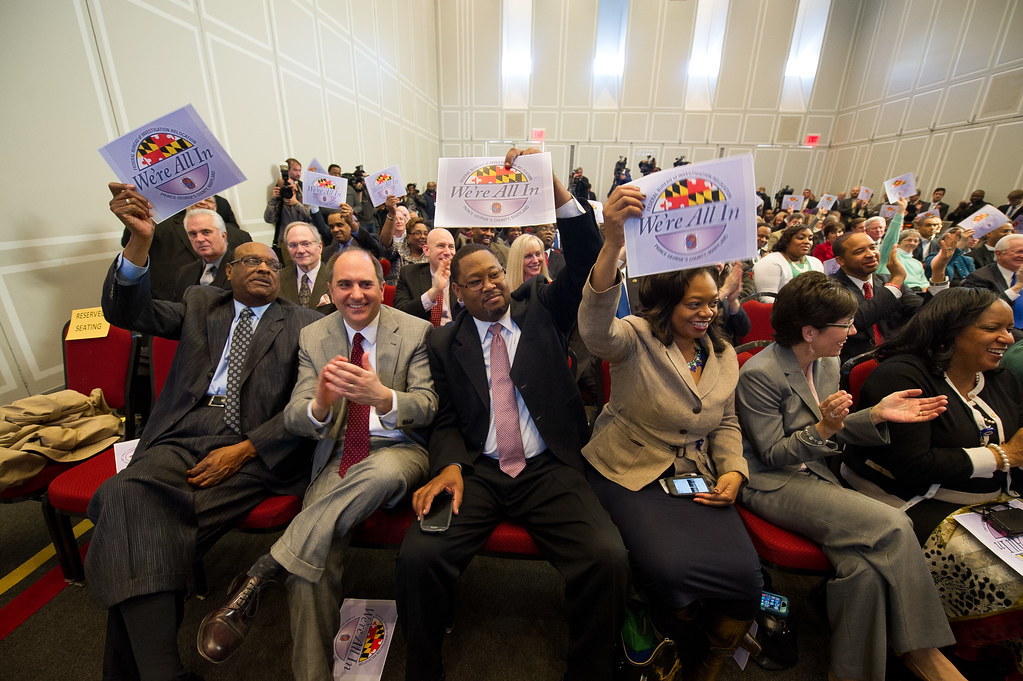
2. **The Unlikely Profile of a Would-Be Assassin**At the time of her notorious act, Sara Jane Moore presented a remarkably improbable figure to gain national infamy as a violent political radical. She was a middle-aged woman, seemingly conventional, whose path took an unexpected turn into the orbit of leftist groups. This perception of an “unlikely candidate” was widely emphasized in news accounts of the era.
The public narrative often portrayed her as an “average housewife and mother” whose embrace of radical politics seemed an “unlikely twist.” This framing underscored the baffling nature of her transformation, suggesting a departure from a supposedly stable, suburban existence. Moore herself contributed to this narrative, often insisting she had been a relatively normal suburbanite before engaging with the leftist underground.
However, a deeper look into her past reveals a more complex reality that challenged this initial, simpler characterization. Despite the prevailing image, her adult life was, in fact, punctuated by mental health issues, multiple divorces, and even suicide attempts. Many individuals who knew her described her as unstable and mercurial, complicating the idea of a sudden, out-of-character radicalization.
Her involvement with these groups also contained a surprising duality: she sometimes served as an FBI informant. This intricate and contradictory role further blurred the lines of her identity, creating an enigma that even her own defense attorney struggled to unravel during her trial. The contrast between her public persona and her hidden affiliations made her a profoundly perplexing figure.
Read more about: Sara Jane Moore, Who Attempted to Assassinate President Ford, Dies at 95

3. **The Fateful Day: September 22, 1975**The attempted assassination that cemented Sara Jane Moore’s place in history occurred on September 22, 1975. President Gerald Ford was in San Francisco, waving to a crowd gathered outside the St. Francis Hotel in Union Square. It was a seemingly ordinary public appearance, one that presidents routinely undertook to connect with citizens.
Moore, armed with a .38-caliber pistol she had purchased just hours before, positioned herself within the crowd. Reports indicate she was standing approximately 40 feet from the President when she raised her arm to fire. The moment she pulled the trigger, an immediate and decisive intervention altered the trajectory of both the bullet and the event itself.
Her first shot went astray, missing the President and ricocheting off the hotel building. This stray bullet, though not hitting Ford, did cause a minor injury to a taxi driver elsewhere in the crowd. The swiftness of the unfolding events created a scene of immediate chaos and alarm, as Secret Service agents and police officers rushed to secure the area.
This incident was particularly shocking as it marked the second attempt on President Ford’s life within a span of just 17 days, underscoring a period of heightened threat to the nation’s highest office. The attack occurred at approximately 3:30 p.m., just as Ford was emerging from speaking to the World Affairs Council. The aftermath saw President Ford swiftly whisked out of California, his security detail rushing him to the airport.
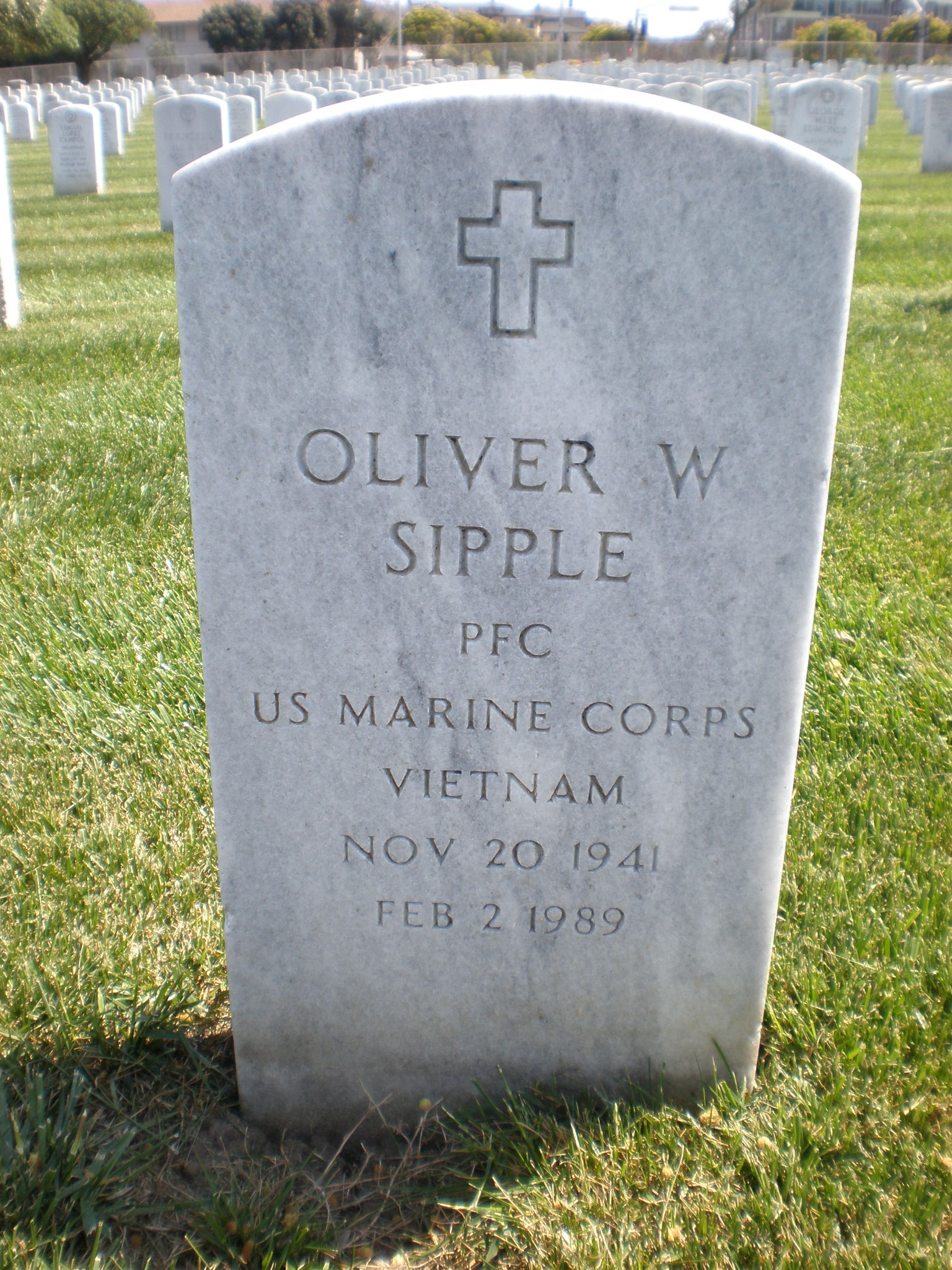
4. **Oliver Sipple’s Crucial Intervention**The failure of Sara Jane Moore’s assassination attempt was largely due to the quick thinking and decisive action of a bystander, Oliver Sipple. Sipple, a 33-year-old former Marine, was standing next to Moore in the crowd when he observed her raising the .38-caliber pistol. His immediate recognition of the imminent danger proved critical.
As Moore fired her weapon, Sipple instinctively reacted, knocking the pistol out of her hand. This swift physical intervention caused her second shot to go astray, further preventing any harm to President Ford. Police and Secret Service agents quickly swarmed Moore, disarming her and taking her into custody following Sipple’s brave act.
Sipple’s intervention was lauded as heroic, and he was widely praised for his role in protecting the President. His reflexes and presence of mind undeniably saved Ford from potential harm, averting what could have been a national tragedy.
Despite being hailed as a hero, Sipple later experienced complicated repercussions from the media attention. He subsequently sued several newspapers for invasion of privacy, citing that media reports disclosing his ual orientation had damaged his family relations. However, he ultimately lost the case. Sipple passed away in 1989, his legacy forever intertwined with the day he prevented a presidential assassination.
5. **The initial remorse and the subsequent regret**Sarah Jane Moore’s statements after her arrest and throughout her life reveal her complex and often contradictory remorse. At first, her reaction to this failure was surprisingly unrepentant, and she even expressed disappointment at not having succeeded. “I’m very sorry that I failed,” she said in an interview with the SAN Jose Mercury News seven years later. She further explained, “Yes, I’m very sorry that I failed.” I don’t like failure.
This initial declaration, revealing a desire for success in her criminal endeavor, underscored the depth of her radical convictions at the time. It suggested a commitment to her political agenda that transcended personal consequences. The directness of her admission offered a stark glimpse into her mindset in the immediate aftermath of the attempt.
However, as time progressed and particularly in later interviews conducted before and after her release from prison, Moore’s narrative shifted dramatically. She repeatedly articulated profound regret for her actions. She told San Francisco television station KGO in April 2009 that she “had put blinders on” and was listening “to only … what I thought I believed.”
In these later reflections, she expressed relief that her attempt had failed. When asked in 2009 what she would say to President Ford if possible, she replied, “I’m very sorry that it happened. … I’m very happy that I did not succeed.” This evolution from a defiant “I’m sorry I missed” to a contrite “I’m very happy that I did not succeed” illustrates a journey from radical zeal to a more reflective, penitent perspective on her past.
Read more about: The Shocking Truth Behind Late-Night TV’s Free Speech Showdowns: 14 Untold Tales of Executive Pressure and Comedian Crackdowns

6. **Disambiguating Fromme: The Twin Attempts on Ford**Sara Jane Moore’s assassination attempt on President Ford is frequently discussed in conjunction with, and sometimes confused with, another incident that occurred just 17 days prior. On September 5, 1975, Lynette “Squeaky” Fromme, a devoted follower of cult murderer Charles Manson, also aimed a semiautomatic pistol at President Ford. This earlier event took place in Sacramento, California.
The critical distinction between the two events lies in their execution and outcome. In Fromme’s case, a Secret Service agent swiftly intervened, grabbing the weapon before any shots could be fired. Consequently, President Ford was unharmed, and no bullet was discharged. Fromme, like Moore, was sentenced to life in prison, though federal officials eventually freed her from a federal lockup in Texas in August 2009 at age 60, after Moore’s release.
The proximity in time and target for these two separate attempts against President Ford is remarkable and speaks to the volatile political climate of the mid-1970s. Moore, however, consistently maintained that she was not influenced by Fromme’s assault on Ford. Her actions were, she asserted, independently motivated by her own set of beliefs and fears.
The context reveals that while both women targeted the same president within weeks of each other, their backgrounds and immediate circumstances leading to their attempts were distinct. Moore’s own confusing background and motivations stood apart from Fromme’s overt ties to the Manson cult, even as the public often conflated their actions. Both women were later depicted in the Stephen Sondheim musical “Assassins,” a testament to their enduring, albeit infamous, place in American history.
7. **A maze-like past: Moore’s Enigmatic Personal Experiences**Sarah Jane Moore’s personal background is extremely complex and unstable, which not only confuses the public but also her legal advisors during the trial. Sarah Jane Kahn was born on February 15, 1930, in Charleston, West Virginia. Her early experiences could hardly predict the ultimate course of her life.
Her adult life was filled with a series of failed romances and constantly changing identities. She was married five times and changed her name several times, which made it difficult for investigators and biographers to piece together a coherent account. Jerry Spiller, who wrote the biography titled “The Housewife Assassin”, pointed out that Moore abandoned her three children and distanced herself from all her living relatives. However, at the time of the assassination, she was still taking care of her fourth child.
Beyond her marital history, Moore’s background included recurring mental health issues, according to several accounts. She had been treated for mental illness numerous times and had attempted suicide on multiple occasions. These deep-seated personal struggles undoubtedly contributed to her reputation as an unstable and mercurial individual among those who knew her.
Retired federal public defender James F. Hewitt, who served as her defense attorney, famously stated, “I never got a satisfactory answer from her as to why she did it.” He further remarked on the “bizarre stuff” surrounding her, noting her reluctance to disclose details about her background. This opaque personal history made understanding her motivations an exceptionally challenging endeavor for legal professionals and the public alike.
Ford himself, reflecting on Moore’s attempt, concluded that she was “off her mind,” as he stated in a 2004 CNN interview. This assessment highlights the profound disjunction between the gravity of her actions and the seemingly irrational, confused nature of her personal narrative, contributing to the enduring enigma of Sara Jane Moore.
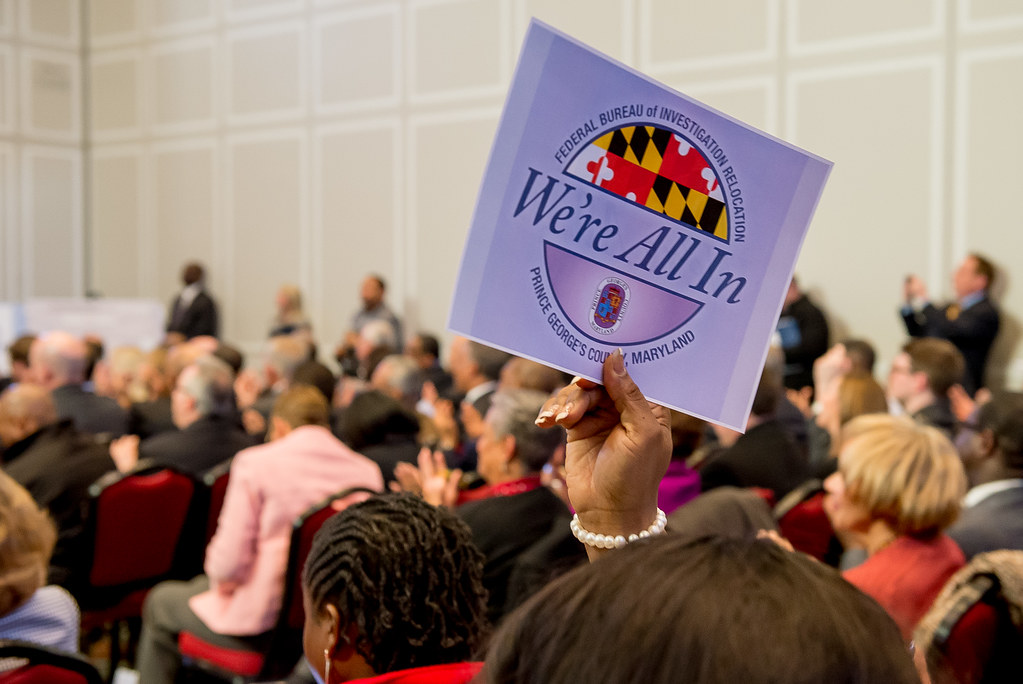
8. **Moore’s Claims of FBI Informant Status and Motivation**Sara Jane Moore’s motivations for attempting to assassinate President Ford were complex and, to some degree, shrouded in her own enigmatic explanations. A central component of her post-arrest narrative was the claim that she acted out of self-preservation, believing her life was in danger. She asserted that she shot at Ford because she feared she would be killed once her status as an FBI informant was publicly disclosed, a role she had undertaken amidst her involvement with leftist groups.
This assertion framed her action not merely as an ideological statement, but as a desperate act of preemptive defiance. The agency, however, had ended its relationship with her approximately four months prior to the shooting incident. Moore articulated her conviction in a 1982 interview with the San Jose Mercury News, stating, “I was going to go down anyway.”
She continued, clarifying her grim determination, “And if I was going to go down, I was going to do it my way. If the government was going to kill me, I was going to make some kind of statement.” Authorities, for their part, tended to downplay the significance of her informant role, suggesting her occasional calls to agents and local police officers were largely unsolicited, casting doubt on the perceived threat she claimed to be under. This conflicting narrative highlights the depth of the uncertainty surrounding her true state of mind and her ultimate intentions.
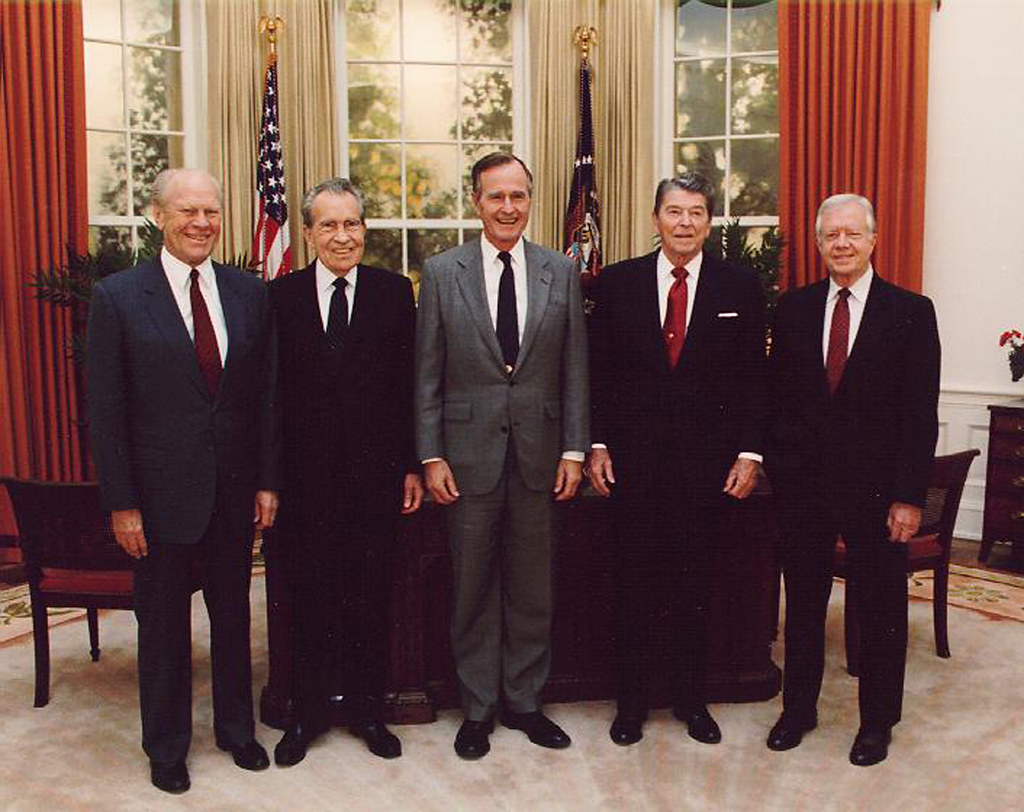
9. **Her Views on Ford’s Unelected Presidency as a Catalyst**Beyond the personal fear Moore expressed regarding her informant status, a significant political conviction also fueled her actions: her profound dissatisfaction with Gerald Ford’s ascension to the presidency. She explicitly stated that a key part of her motivation stemmed from the fact that Ford had not been elected by the American populace, but rather appointed after Richard Nixon’s resignation. This perception, for Moore, was not merely an opinion but a fundamental flaw in the legitimacy of his leadership.
In a revealing interview with the Nashville Banner conducted after the July 2024 assassination attempt on President Donald Trump, Moore reiterated this long-held grievance. “He wasn’t elected to anything. He was appointed,” she declared, emphasizing her point. “It wasn’t a belief, it was a fact. It was a fact that he was appointed.” This sentiment speaks to a segment of the population during that turbulent era who viewed Ford’s presidency with suspicion, feeling a fundamental principle of democratic selection had been circumvented.
This perspective offers a glimpse into the anti-establishment fervor prevalent in the mid-1970s, where traditional governmental authority was heavily questioned. For Moore, Ford’s unelected status was a tangible symbol of a system she believed was broken and, in her radicalized view, warranted a violent response. It underscores how deeply entwined her personal grievances and perceived threats became with broader political disillusionments of the time, providing a further, albeit contentious, layer to her complex motivations.
10. **Participate in left-wing groups and maintain connections with the Symbiotic Liberation Army**Sara Jane Moore’s journey into the radical political world officially began after working for “People in Need” in 1974. This organization is an institution that provides free food for the poor. Its origin is highly unusual and politically tinted: Millionaire Randolph Hearst founded it to demand ransom after his daughter Patty Hearst was kidnapped by the radical Symbiotic Liberation Army (SLA). The direct connection with this well-known left-wing extremist organization placed Moore in a turbulent political environment.
Through her work with People in Need, Moore quickly became immersed in the counterculture of San Francisco. She gravitated toward leftists, ex-convicts, and other individuals operating on the fringes of conventional society. This environment was characterized by intense ideological ferment, where radical ideas about societal change, often involving violent revolution, gained traction among certain segments of the population. Her engagement with these groups provided the ideological framework for her later actions, fostering a belief that a violent uprising was necessary.
However, even the investigators are not clear about the depth and nature of her ties with various radical organizations. Although she later claimed to be a “highly sought-after FBI informant” and was always on guard against unknown threats from the government or its radical associates, the authorities usually downplayed them. They often describe her communication with law enforcement as an active contact, and its significance is far lower than what she has described, which makes her overall role and loyalty in the complex network of radicalism in the 1970s even more enigmatic.
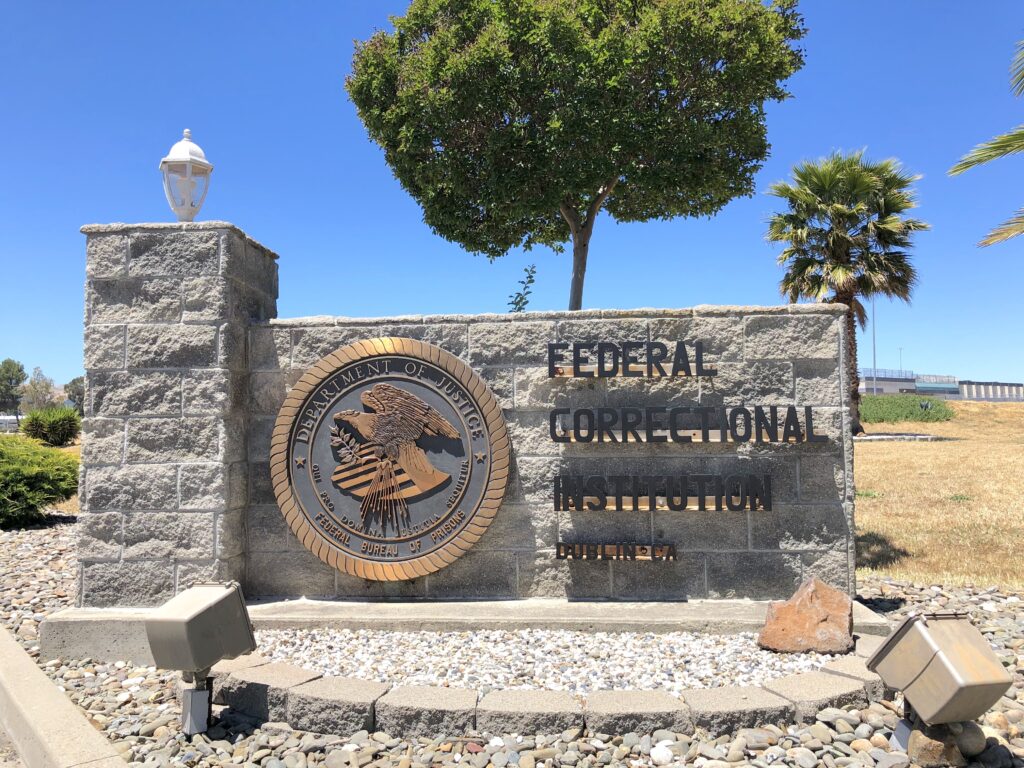
11. **Details of Her Lengthy Imprisonment and Unexpected Parole**Following her guilty plea, Sara Jane Moore was sentenced to life in prison for her attempted assassination of President Gerald Ford. She spent more than three decades incarcerated, primarily at the Federal Correctional Institution in Dublin, California. Her lengthy sentence positioned her as a permanent fixture within the federal penal system, a stark consequence of her actions on that fateful September day in 1975.
However, on December 31, 2007, Moore was unexpectedly paroled. The circumstances surrounding her release after more than 30 years behind bars were kept largely opaque, as federal officials declined to provide specific details regarding the decision to set her free. This lack of transparency added another layer of intrigue to a life already marked by mystery and contradictory narratives. Her parole was ultimately “grandfathered by federal rules that have since been tightened,” indicating a legal landscape that evolved significantly since her sentencing.
After her release, Moore initially sought to live anonymously in an undisclosed location. Yet, she did grant broadcast interviews, during which she frequently expressed profound regret for her past actions. In an April 2009 interview with San Francisco television station KGO, she reflected on her radicalization, stating, “I had put blinders on, I really had, and I was listening to only … what I thought I believed.” She further elaborated on the collective delusion of the time, admitting, “We thought that doing that would actually trigger a new revolution.” This later contrition offered a dramatic contrast to her earlier defiant stance.
Read more about: Beyond the Red Carpet: 6 Celebrities Who Traded Fame for Prison Sentences and What Landed Them Behind Bars
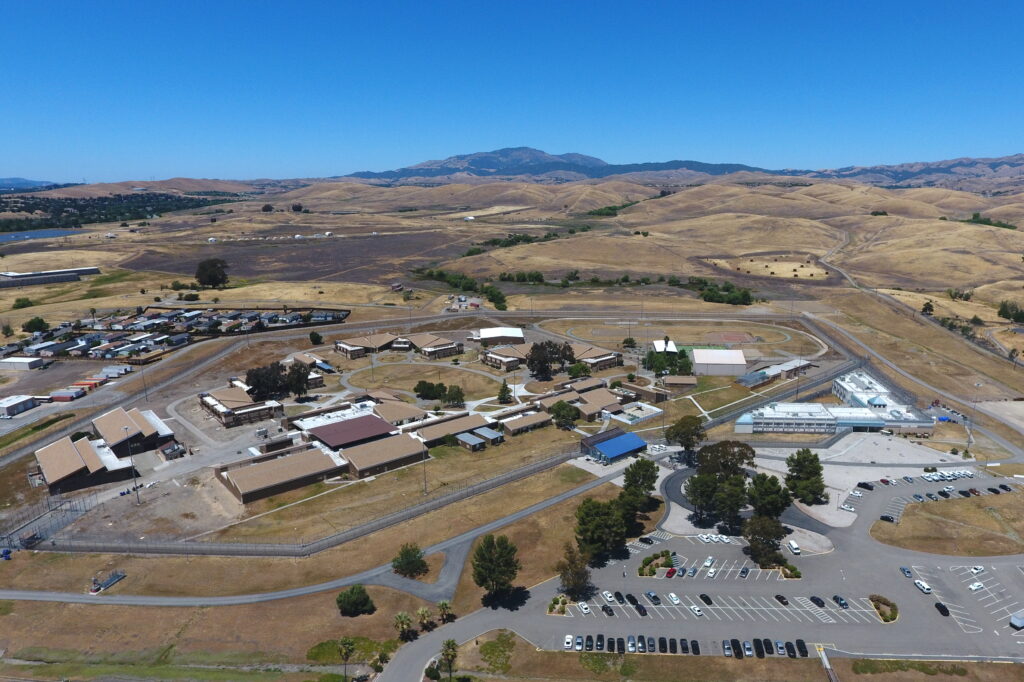
12. **Her Brief Prison Escape and Later Re-detention**Moore’s time in federal custody was not entirely uneventful, marked by a notable, albeit brief, escape attempt that further underscored her unpredictable nature. In 1977, she was initially sent to a West Virginia women’s prison. It was from this facility that, two years later in 1979, she managed to escape. Her method was audacious: she scaled a 12-foot fence, temporarily regaining her freedom before being recaptured several hours later. This incident briefly propelled her back into the headlines, highlighting her persistent defiance even behind bars.
Following this escape and recapture, Moore was subsequently transferred to other correctional facilities, moving from Pleasanton, California, before eventually arriving at the Federal Correctional Institution in Dublin, California, where she served the majority of her sentence. Even within the structured environment of prison, Moore demonstrated a degree of agency, such as in 2000 when she notably sued the warden of her federal prison. Her legal action was aimed at preventing him from confiscating keys that were reportedly given to inmates, allowing them to lock themselves into their cells as a security measure, showcasing her continued engagement with her rights and conditions of confinement.
Decades later, after her parole in 2007, Moore again faced detention. In early 2019, she was jailed after being detained at JFK Airport. The reason for her re-detention was her travel outside the country without prior notification to parole officials, a violation of her release terms. Friends close to Moore reported that she had become ill while in Israel, which had compelled her to remain there longer than she had initially intended. Despite the circumstances, this parole violation led to her being jailed once more, though she was ultimately released six months later, bringing a temporary end to her encounters with the justice system in her later years.
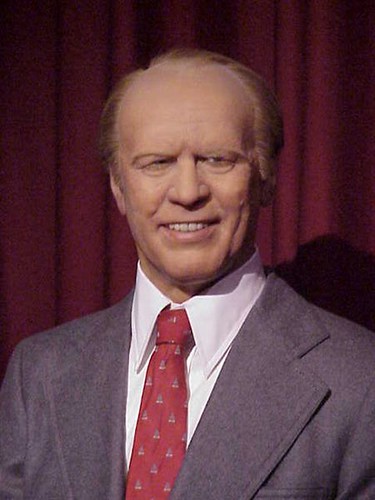
13. **President Ford’s Philosophical Response to the Assassination Attempts**President Gerald Ford’s reaction to the two assassination attempts against his life within weeks of each other was remarkably philosophical and deeply rooted in his commitment to democratic principles. Despite the profound personal danger and the intense security concerns, Ford adamantly refused to allow these incidents to isolate him from the American public. He maintained that direct contact with citizens was a fundamental aspect of the presidency, a belief that transcended the threats to his personal safety.
Ford articulated this conviction clearly, stating, “If we can’t have the opportunity of talking with one another, seeing one another, shaking hands with one another, something has gone wrong in our society.” This statement underscored his view that an accessible presidency was vital for the health of American democracy, even in the face of violent extremism. His press secretary, Ron Nessen, who was present during Moore’s attempt, noted that Ford was “nonplussed” by the incident, suggesting a remarkable composure and steadfastness in the face of peril.
While Ford’s public stance was one of resilience and a commitment to openness, his personal assessment of Moore herself was more direct. In a 2004 CNN interview, Ford concluded that Sara Jane Moore was simply “off her mind,” an assessment that highlighted the profound disjunction between the gravity of her actions and the seemingly irrational, confused nature of her personal narrative. This perspective, coming from the target of her violent act, further contributed to the enduring enigma of Sara Jane Moore’s motivations and mental state. Ford ultimately died of natural causes in 2006, approximately a year before Moore was granted parole.

14. **The Broader Context: Turbulent 1970s California**Sara Jane Moore’s assassination attempt did not occur in a vacuum; rather, it was deeply embedded in the “frenetic 1970s” in California, an era defined by extraordinary violence and profound social upheaval. This period in the Golden State was a crucible of political ferment, countercultural movements, and a pervasive sense of anxiety regarding governmental authority and societal stability. The atmosphere of September 1975, specifically, was charged with events that mirrored the broader unrest.
At the time, notorious figures like Charles Manson were on death row, embodying the dark undercurrents of extremist cults that had emerged from the counterculture. Just days before Moore’s attempt, Patty Hearst, the newspaper heiress who had been kidnapped and later became an accomplice to her captors, the Symbionese Liberation Army, had been arrested, a saga that captivated and horrified the nation. Furthermore, a very young Jerry Brown was in his first year as governor, navigating this intensely volatile political landscape.
University of Southern California history professor Kevin Starr aptly described the decade in California “in terms of its sheer ominous weirdness,” a characterization that perfectly captures the confluence of radical politics, crime, and social experimentation. The years that followed Moore’s attack continued this pattern of violence, with the assassinations of San Francisco Supervisor Harvey Milk and Mayor George Moscone just three years later. This was succeeded by John Lennon’s murder two years after that, and John Hinckley Jr.’s shooting of President Reagan a few months later, illustrating a sustained period of vulnerability for public figures. Ford’s press secretary, Ron Nessen, succinctly summarized the prevailing sentiment of the time when asked to contextualize the event: “It was the ‘70s in San Francisco and California.”

15. **The Enduring Legacy and Broader Implications of Moore’s Actions**Sara Jane Moore’s death at 95, nearly five decades after her infamous act, compels a renewed examination of her unique and unsettling place in American history. Her story, alongside that of Lynette Fromme, etched itself into the national consciousness, serving as a chilling reminder of the fragility of presidential security and the profound ideological divisions that characterized the mid-1970s. Both women, in a testament to their enduring, albeit infamous, roles, were later depicted in the Stephen Sondheim musical “Assassins,” cementing their permanent, albeit dark, cultural footprint.
Her passing offers a critical opportunity to recontextualize her actions within the turbulent historical landscape of that decade. Moore’s life, from her confusing personal history to her radicalization and subsequent regret, encapsulates the complex interplay of personal instability and societal unrest. The questions surrounding her true motivations—whether driven by a genuine political ideology, a deluded sense of self-preservation, or underlying mental health issues—continue to resonate, making her a perennial subject of historical inquiry.
In a contemporary context, the reverberations of such acts of political violence remain acutely felt. The enduring specter of threats against public figures is a stark reminder that the lessons from the 1970s are far from obsolete. Indeed, the occurrence of two attempted assassinations on President Donald Trump last year demonstrates that the era’s unsettling undercurrents of extremism and vulnerability continue to manifest in modern political discourse, underscoring the ongoing necessity for vigilance and a deeper understanding of the forces that drive such actions. Sara Jane Moore’s life, therefore, remains a somber historical touchstone, urging reflection on the perennial challenges to democratic order and the complex psychology of those who seek to disrupt it.
Read more about: Strategic Foundations: Understanding the U.S. Military’s Global Power and Operational Framework
The story of Sara Jane Moore is more than a mere historical footnote; it is a profound narrative illustrating the tumultuous forces that can shape individual lives and, by extension, national narratives. Her journey from a complex personal history to a figure of political infamy, her shifting motivations, and her eventual expressions of regret, all weave into a larger tapestry of a nation grappling with its identity during a period of intense change. As we reflect on her passing, we are reminded of the critical importance of understanding the multifaceted nature of extremism and the constant need to safeguard the principles of democratic engagement against those who seek to undermine them through violence. Her life, fraught with contradictions and historical weight, continues to serve as a stark reminder of the unpredictable intersections between personal turmoil and public consequence.

/https://static.texastribune.org/media/files/97fa9966c865809a944f6e9982c7b517/0217%20Torres%20Family%20EL%2007.JPG)

